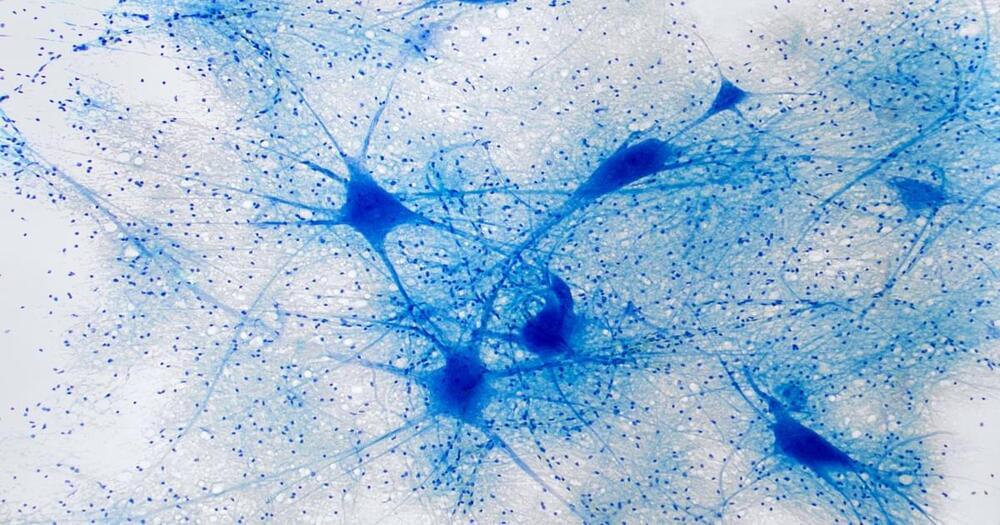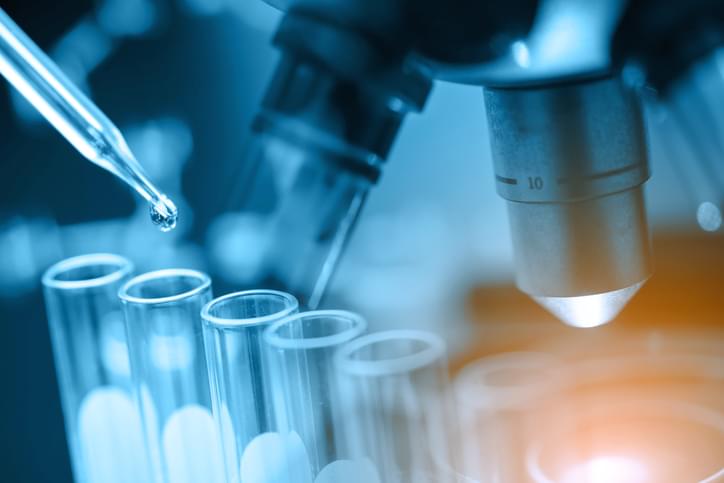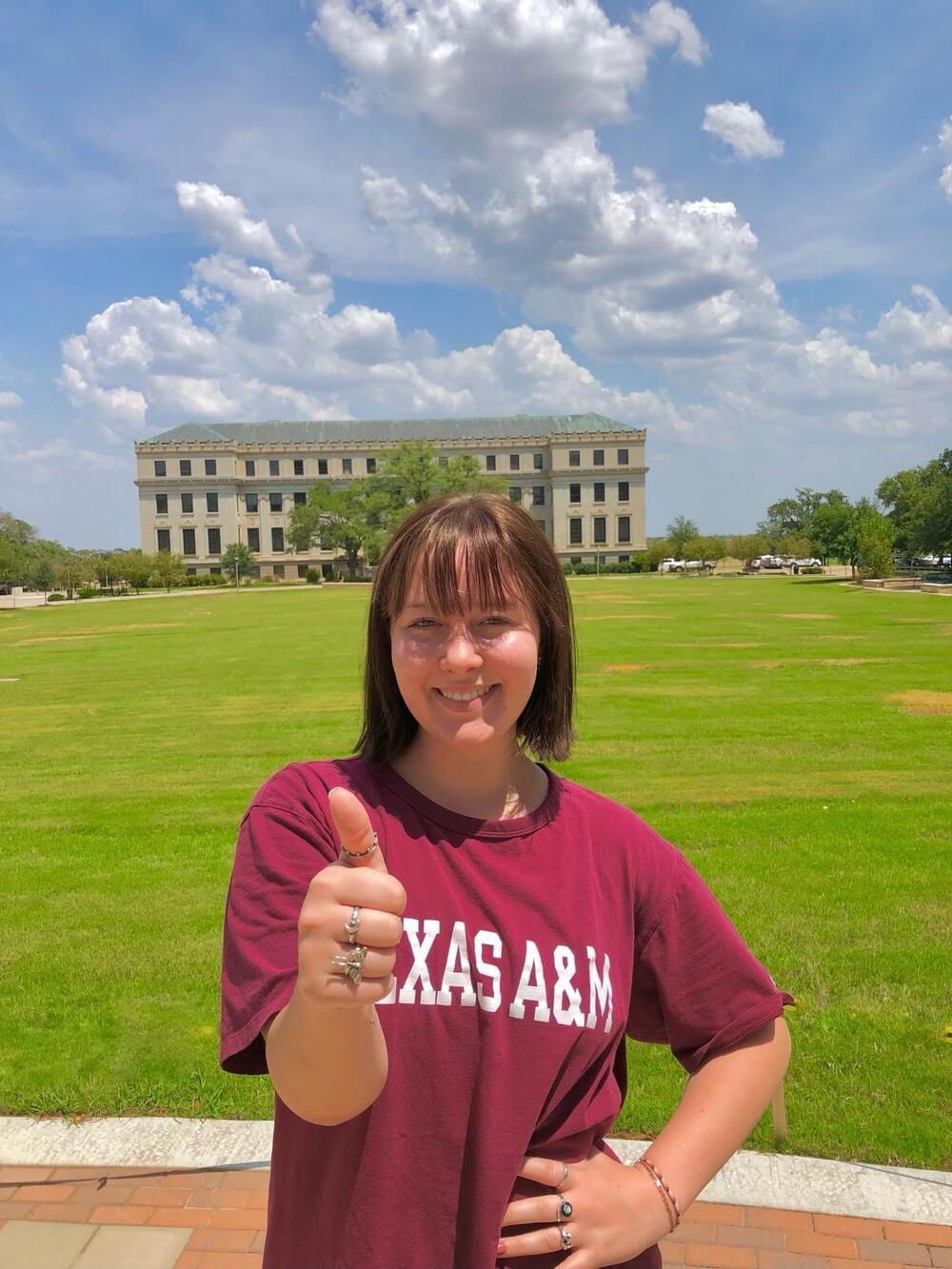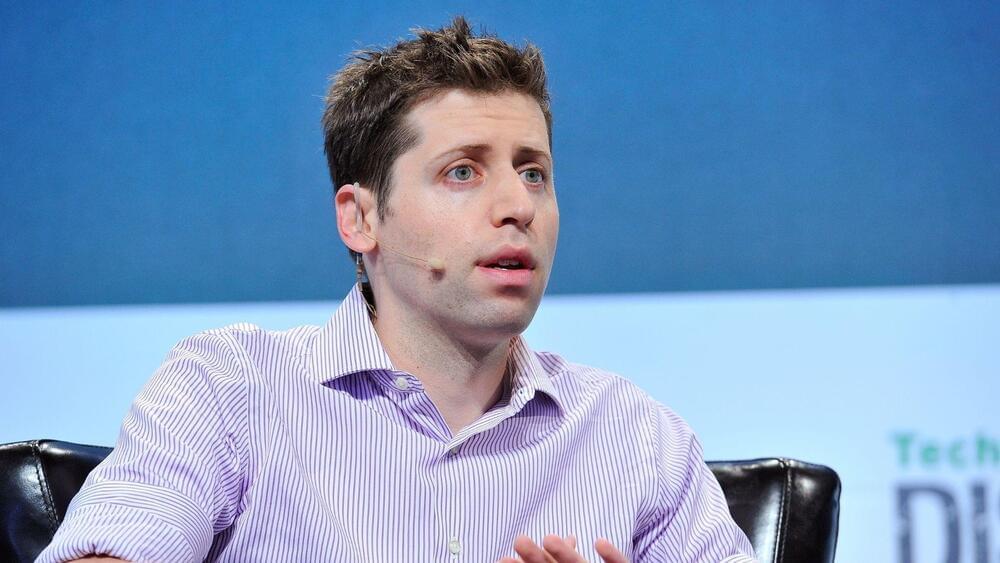The “chemical cocktail” helped reverse aging in mice, but some experts are skeptical about whether it will work in humans.



The viral ALS Ice Bucket Challenge a few years ago raised major funding that resulted in the discovery of new genes connected to the disease. One of those genes is NEK1, in which mutations have been linked to as much as 2% of all ALS cases, making it one of the top-known causes of the disease.
But it wasn’t known how the mutated gene disrupts the function of the motor neuron and causes it to degenerate and die.
Northwestern Medicine scientists have discovered for the first time how this mutated gene leads to ALS (amyotrophic lateral sclerosis).
We know that humans are an intelligent species. But this biologist breaks down the intelligence of each of our cells — and it will blow your mind.
❍ Subscribe to The Well on YouTube: https://bit.ly/welcometothewell.
❍ Up next: An evolutionary history of the human brain, in 7 minutes https://www.youtube.com/watch?v=NGArM23mMNM
Michael Levin, a developmental biologist at Tufts University, challenges conventional notions of intelligence, arguing that it is inherently collective rather than individual.
Levin explains that we are collections of cells, with each cell possessing competencies developed from their evolution from unicellular organisms. This forms a multi-scale competency architecture, where each level, from cells to tissues to organs, is solving problems within their unique spaces.
Levin emphasizes that properly recognizing intelligence, which spans different scales of existence, is vital for understanding life’s complexities. And this perspective suggests a radical shift in understanding ourselves and the world around us, acknowledging the cognitive abilities present at every level of our existence.
Read the full video transcript: https://bigthink.com/the-well/intelligence-can-cells-think.

The company achieved proof-of-concept with trastuzumab, an anti-HER2 antibody. Preclinical studies show Multilink increases cytotoxicity and improves tumor regression.
In mouse studies, tumor volume after 49 days was approximately half its original size with Trastuzumab Multilink (T-Multilink) with mertansine (DM1), but had grown four-fold when treated with the same compound without the linker. Comparable studies with T-Multilink-auristatin F showed complete tumor regression by about day 25, while treatment without the linker allowed the tumor to approximately triple in size.
“Multilink is a powerful technology to tackle cancers with low antigen expression,” Marx says. Debiopharm is using it to develop “novel, potent, stable, and safe ADCs for various antibodies.”
Four astronauts from four countries launched on SpaceX Dragon capsule to the International Space Station for a six-month mission. They lifted off from NASA’s…

These 120 people (91 pictured due to size restrictions) have dedicated their lives, their ideas and often a lot of capital to bring these amazing ideas to practice. Their language is passionate and the ideas they have can at one end be big and bold, and at the other end it can get extremely technical and nuanced. Imagine trying to take these vast ideas covering so many dimensions and the hundreds of thousands of words in these conversations and try and see patterns or signals. These interviews form the underbelly of the next book I am working on, titled Envisage, 100 ideas about the world of ten years from now.
Two years ago, maybe one year ago, this would have either been a very manual and forensic examination by a team of people with expertise in the areas or a building a database. Days, weeks and even months would go by with lot of revisions.

It’s the first of its kind model and it can suggest countermeasures for dealing with natural disasters.
Global warming is causing more and more natural disasters which often lead to devastating consequences including loss of life. These take the shape of extreme weather events such as heavy rainfall, droughts, tsunamis, cyclones, landslides, avalanches, earthquakes and forest fires.
Now, civil engineers at Monash University have conceived of a first-of-its kind software called GeoXPM that can not only predict where a geo-disaster might occur but also assess the event’s impact on its surrounding environment in order to mitigate its consequences. This is because the model can make suggestions of next steps to take to avoid dire loss of life and save as much property as possible.

In its own tests, its proprietary camera system outperformed LiDARs in multiple conditions.
After getting his Ph.D. from the Massachusetts Institute of Technology (MIT), Leaf Jiang spent more than a decade building laser ranging systems for the military for various 3D sensing applications. In his experience, Leaf found that laser-based detection systems were too expensive to be deployed on autonomous vehicles being developed for the future, and that’s how NoDar was born.
Light detection and ranging (LiDAR) systems use laser beams to scan their surroundings and create 3D images from the data obtained when surfaces reflect the light. As companies look to make autonomous driving more mainstream,… More.
Scharfsinn86/iStock.

For the first time, Rocket Lab reused one of its Rutherford engines, marking an important step in the road to reusability.
Rocket Lab launched an Electron rocket with a pre-flown Rutherford engine for the first time yesterday, August 23.
The company has experimented with a mid-air helicopter retrieval method, though it has settled on plucking boosters out of the ocean after a parachute-assisted splashdown.

A fine-tuned version of GPT-3.5 Turbo can outperform GPT-4, said OpenAI.
US-based AI company OpenAI just released the fine-tuning API for GPT-3.5 Turbo. This gives developers more flexibility to customize models that perform better for their use cases. The company ran tests, showing that the fine-tuned versions of GPT-3.5 Turbo can surpass GPT-4’s base capabilities on certain tasks.
OpenAI released gpt-3.5-turbo in March this year as a ChatGPT model family for various non-chat uses. It’s priced at $0.002 per 1k tokens, which the AI company… More.
Steve Jennings/Getty.
And coming this fall for GPT-4. OpenAI said in the announcement that developers will retain full ownership of the data, not OpenAI or any other company.